




THURSDAY, SEPTEMBER 12, 2024 at 7:30 p.m.
HODGSON CONCERT HALL
Thursday, September 12, 2024 at 7:30 p.m.
Hodgson Concert Hall
UGA Performing Arts Center
University of Georgia Symphony Orchestra
Mark Cedel, Conductor
Nicholas Han, Assistant Conductor
PROGRAM
Coriolan Overture, Op. 62
Piano Concerto No. 3 in C Minor, Op. 37
I. Allegro
II. Largo
III. Rondo: Allegro
Alan Woo, piano
Symphony No. 6 in F Major, Op. 68, “Pastoral”
I. Allegro ma non troppo
“Happy feelings awakened upon arriving in the countryside”
II. Andante con moto
“Scene at the brook”
III. Allegro
“Merry gathering of country folk”
IV. Allegro
“Thunderstorm”
V. Allegretto
Ludwig van Beethoven
Ludwig van Beethoven
Ludwig van Beethoven
“Shepherd’s song: Grateful feelings and thanks to the divinity following the storm”
Han
Ludwig van Beethoven (1770-1827) stands as one of the most transformative figures in Western classical music. Born in Bonn, Germany, Beethoven’s early exposure to music came through his father, Johann, who sought to exploit the young prodigy’s talent. Beethoven’s first full-time composition education began with Christian Gottlob Neefe, who introduced him to the works of Mozart and Haydn.
In 1792, Beethoven moved to Vienna, a pivotal move that launched his career as a composer and performer. His early works, influenced by the Classical style of Haydn and Mozart, soon evolved into a distinct voice characterized by bold innovation and emotional depth. Beethoven’s “heroic” period, marked by compositions such as the Third Symphony (“Eroica”), the Fifth Symphony, and the “Appassionata” Sonata, reflects his profound impact on the symphonic and sonata forms.
A significant challenge in Beethoven’s life was his gradual loss of hearing, which began in his late 20s and eventually led to near-total deafness. Despite this, Beethoven composed some of his most celebrated works during his later years, including his late string quartets and the Ninth Symphony with its groundbreaking choral finale. His late period compositions are renowned for their complexity and emotional intensity.
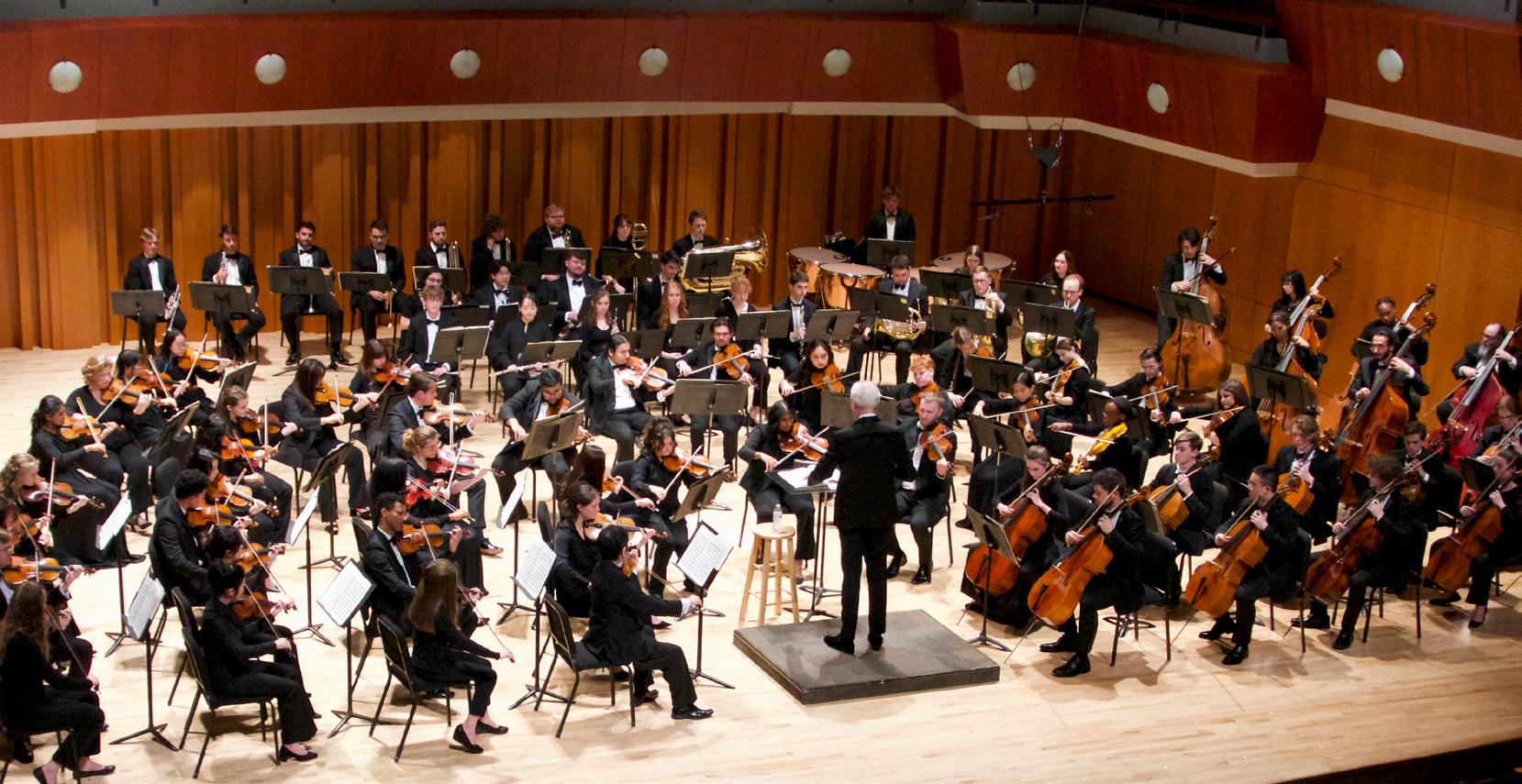
scored for: 2 flutes, 2 oboes, 2 clarinets, 2 bassoons, 2 horns, 2 trumpets, timpani, and strings
This overture was inspired by Heinrich von Collin’s play Coriolan, based on one of Shakespeare’s less frequently performed tragedies, Coriolanus. Collin’s play enjoyed some success on the Viennese stage for a time after its creation in 1802, subsequently fading from view. It resurfaced for a remarkable one-night stand in 1807 at the palace of Beethoven’s patron Prince Lobkowitz. Collin’s play then sank like a stone, while Beethoven’s tremendous overture endures.
Beethoven represents the story through the interplay of two very different musical themes: the first represents Coriolanus’ prideful rage – music of great agitation and violence in C minor – whereas the second depicts the heroic pleas of Volumnia (the wife of Coriolanus) – lyrical, broad, and tender. These two themes form the exposition of the work; Beethoven sets the Overture in sonata form: a classical-era structure in which material, often composed of two contrasting themes or melody, is introduced (exposition), then changes in any number of ways: fragmented, added to, key and/ or rhythm changes (development). Then the original material is re-introduced, in an altered form so that the work can end solidly in its original key (recapitulation).
scored for: 2 flutes, 2 oboes, 2 clarinets, 2 bassoons, 2 horns, 2 trumpets, timpani, strings, and solo piano
Beethoven first started composing this work around 1800 and was completed in 1803, about the time of his second symphony. It was during this period that marked Beethoven’s emotional life, as he grappled with the reality of his increasing and permanent deafness. Chaotic and bitter family feuding entered into this cruel time, but the famous “Heiligenstadt Testament” records his final triumph over the depression and his resolve to live and compose.
The opening theme of the concerto is a brief statement of the key: a rising minor triad (do, mi, sol), a descending half-scale, and an emphatically repeated cadence figure of the sort to be expected at the end, not the beginning, of a piece. This triad provides a marker throughout the movement for tracking Beethoven’s ventures into remote keys. The first theme is all Romantic Sturm und Drang (storm and stress)–mood swings from minor to major and back, dynamic shifts, and harmonic instability undermine
the certainty of the opening phrase. The second thematic group, however, restores Classic composure with a tune in the sensitive style called Empfindsamkeit (intended to express “true and natural” feelings, and featuring sudden contrasts of mood). The lyrical melody divides into clearly delineated phrases ending with sighing appoggiaturas resolving on weak beats. The opening theme then returns, appropriately this time, to the conclusion of the orchestra’s exposition. The piano mollifies the opening theme with decorative scales and trills before dispensing with it altogether in favor of melody in the singing style. Indeed, for the rest of the movement, Beethoven sets up a kind of dialogue between the lyrically inclined piano and the incisive interruptions of the orchestra.
The slow movement is an oasis of calm amid the agitated outer movements, with the songful expanse of piano melody accompanied by muted strings, after which the piano arpeggios curl around the theme, now stated by strings and woodwinds. There follows a magical passage where piano arpeggios accompany a duet for bassoon and flute.
The rondo finale, C minor again, has plenty of spirit but also a good deal of tension and the full bag of Beethoven tricks: a second theme, announced by the clarinet, whereupon the principal theme is transformed into a fugue whose conclusion would seem to signal the return of C minor. But no, it ascends a semitone to A-flat (an old Haydn trick), and then the piano wanders to E major, which may be far from A-flat but not from the slow movement of this very Concerto.
scored for: two flutes with piccolo, two oboes, two clarinets, two bassoons, two horns, two trumpets, two trombones, timpani, strings
The famous four-hour all-Beethoven concert on December 22, 1808, at the Theater an der Wien. This marathon of a concert featured the premieres of four major works: his Sixth and Fifth Symphonies—in that order, opening each half of the program, the Fourth Piano Concerto with the composer as soloist, and the Choral Fantasy; in addition were two movements from his C Major Mass, a concert aria, and piano improvisation by the composer. The staggering (to us) length, not uncommon in the period, is only exceeded by the staggering high quality of the selections, even if the performance of the under-rehearsed forces did not rise to the occasion.
The first movement is notable for its relaxed exploration of clear-cut themes with little tension and drive that we have come to associate with the composer. There are plenty of rustic little tunes for us to catch while Beethoven skillfully explores the description of the feelings that he referred to in its title. The second movement is clearly one of his great ones, conjures up the brook with constant murmuring string accompaniment. Listen carefully near the end of the movement for the famous passage of the three birdcalls: one hears an accurate depiction of a nightingale (flute), a thrush (oboe), and a cuckoo (clarinet). The third movement is the standard scherzo, or dance movement, and here we encounter a country festival with a country band. The middle section of this movement is noteworthy for its double meter (like a march), rather than the usual triple (like a fast waltz). Listen for a bit of Beethoven’s rough sense of humor in the bass notes of the second bassoon, a real country bandsman! The fourth movement is the storm, and Beethoven really goes after some degree of realism. This is the only one of Beethoven’s symphonies with an additional middle movement. As he does in the Fifth symphony, he withholds instruments for dramatic impact, this time saving the piccolo, trombones, and timpani to add power and brilliance to a thunderstorm. And just as he does in the Fifth, he melds the final movements into a single scene in which the final movement becomes a resolution of earlier conflict. As the storm subsides, we hear the Shepherd’s Song theme — Happy, Thankful Feelings after the Storm. Here, Beethoven gives first to the clarinet, the horn, the first violins, then violas, then finally back to the horn, clarinet, with added viola and cello. This tune, at once humble and heroic, returns the symphony to its pastoral calm. Near the end, a hymn-like variant lends a deeper resonance to this sunny conclusion.
Mark Cedel: Now in his 31st year at UGA, Mark Cedel brings a wealth of professional experience to his position as Director of Orchestral Activities. Prior to his appointment at UGA, he was Associate Conductor of the Charlotte Symphony Orchestra. In his four seasons with that orchestra, he conducted over 200 performances; appearing on every series offered by the orchestra. Before joining the Charlotte Symphony, Cedel was Principal Viola and Assistant Conductor of the Charleston (SC) Symphony Orchestra for nine years. While in Charleston, he served for two seasons as that orchestra’s Acting Music Director. From 1986-1990, he was a member of the artist faculty at the Brevard Music Center and was principal conductor of the Brevard Repertory Training Program.
In addition to directing orchestral activities at UGA, Cedel served as professor of viola from 1994-2002. During that period he performed, toured, and recorded regularly as extra/substitue viola with the Atlanta Symphony Orchestra, including its northeast tour with concerts in Carnegie Hall. He returned to teaching viola for the 2009-2010 academic year, while a search was conducted to fill the position.
Cedel has been associated with many orchestras in the southeast. This includes Principal Viola of the South Carolina Chamber Orchestra and the Guest Principal Viola of the Savannah Symphony, and orchestras in Augusta, Macon, and Jacksonville.
Upon graduation, Cedel accepted the position of Distinguished Visiting Professor at the Universidade Federale do Rio Grande do Norte in Brasil. There he was Principal Viola of the Orquestra da Camera UFRN and violist for the Quarteto UFRN, which made several national tours. Cedel frequently returns to Brasil to participate in festivals and guest conduct.
Nicholas Han: Born and raised in Seattle, Washington, Nicholas made his conducting debut with The Music & More SummerFest Music Festival in Bosnia and Herzegovina. He earned his Undergraduate degree in Violin Performance at Central Washington University in 2020, and his Masters in Orchestral Conducting at Oklahoma State University in 2023. In 2022, he obtained the position as assistant conductor for the Oklahoma Chamber Symphony and was the Apprentice Conductor for the Oklahoma City Philharmonic in May 2023. He is currently pursuing his Doctoral of Music Arts degree at University of Georgia Athens. Nicholas also obtained the position as Cover Conductor for the Gwinnett Symphony Orchestra in October 2023. His recent conducting engagements include guest conducting LA Conducting Workshop and Competition Orchestra and Gwinnett Symphony Orchestra.
Nicholas, over the summer of 2022, was selected as one of 3 winners for the ICWC (International Conducting Workshop and Competition in Atlanta, Georgia. He was also selected as a 1st place winner and received the Audience Prize in the LA Conducting Workshop and Competition in Garden Grove, California. He has worked with Dr. Scott Weiss, Neil Thomson, Diane Wittery, and Philip Greenberg. His principal mentors include Nikolas Caoile, Thomas Dickey, Alexander Mickelthwate, and Mark Cedel.
Alan Woo: Praised by the New York Times as a pianist with “assurance and vitality,” Alan Woo made his Lincoln Center debut at Alice Tully Hall performing with the Juilliard Orchestra under the baton of Yannick Nézet-Séguin. He has since collaborated with conductors Daniel Hege, Miguel Harth-Bedoya, and Tito Muñoz in solo appearances with the Houston and Fort Worth Symphonies, and the Music Academy of the West Festival Orchestra. Other recent performances include solo recital engagements throughout the US, Puerto Rico, and Europe.
Woo has been featured on The McGraw Hill Financial Young Artists Showcase broadcasted on WQXR in New York and has performed in venues such as Carnegie’s Weill and Zankel Recital Halls. An avid chamber musician, he has made appearances at the Brooklyn Chamber Music Society, La Jolla Music Society’s SummerFest, Gamper Festival of Contemporary Music, Bowdoin International Music Festival, and Juilliard’s ChamberFest. Other accolades include prizes at the High Point University, Ima Hogg, Iowa and Juilliard’s Gina Bachauer piano competitions. Born in Arlington, Virginia, Woo is a graduate of The Juilliard School and Peabody Institute, where he completed degrees in piano performance under Robert McDonald and Yong Hi Moon. Prior to joining the faculty at the University of Georgia, he served on the faculty at Elizabeth City State University.
André Araújo de Souza, co-concertmaster
Alexis Boylan, co-concertmaster
Clarissa Tamara
Jhonni Campos
Carlos Brena
Sarah Nienhiser
Zeyu Yuan
Brian Roach
Lela Stair
Raunak Das
Vic Jeon
Chelsea Afful
Ellis Kim
Sage Codispoti
Rea Aiyer
Nicholas Olmstead
Ori Kang, principal
Simms Murray
Adelmo Giménez
Andreea Barca
Kiera Johnson
Lauren McClary
Briana Darden
Jen Edwards
Shazan Samnani
Leo Jahn
Chloe James
Athziri Moreno-Martinez
Emily Robbins
Rohan Pise
Hazel Moreno
Mark Cedel, Conductor
Nicholas Han, Assistant Conductor
VIOLA
Asha Baylor, co-principal
Rogelio Bonilla-Piedra, co-principal
Kailey Ford, assistant principal
Jensi Perng
Jodie Stone
Rachel Liu
Daniel Boscan
Mason Minutella
Ashley Belscher
Dorothy Park
Marissa Evans
Clinton Stempien
Dani Chun
Tess Redden
Seneca Fisher
CELLO
Gabriella McClellan, principal
Thomas Lamon, assistant principal
Zachary Helms
Joshua Nguyen
Ryan Dater
Olivia Durrence
Ian Koontz
Joshua Aderhold
William Slater
Tristan Dempsey
Charton Hills
BASS
Wueliton Dal Pont, principal
Austin Carter
Ricardo Karelisky
Jordan Askew
Madeline Bower
Peyton Lightcap
V’Choi Garfield
Shana Stone, principal
Kimmie Bateman
Sam Malave, piccolo
OBOE
Michelle Moeller, co-principal
Amanda Withrow, co-principal
Emma Gordon
Ashley Na
Marcus Lewis
CLARINET
Sarah Christie, co-principal
Ryan Hanling, co-principal
Garrison Rider, co-principal
BASSOON
Caleb Jackson, co-principal
Jazmyn BarajasTrujillo, co-principal
Daniel Johnson, co-principal
HORN
Joseph Johnson, co-principal
Jake Wadsworth, co-principal
Addie Talley
Connor Parr
Gracie Gambrell
TRUMPET
Adriano Estraiotto, co-principal
James Vaughn, co-principal
Toby Johnson
Michael Mank
TROMBONE
Ian Wolff, principal
Benjamin Novo
Jonas Ventresca
TUBA
Hunter Kane
TIMPANI
Henry Campbell, principal
PERCUSSION
Tanner Fallin
Carrington Lauck
Rachel Martin
LIBRARIAN
Alexis Boylan
PERSONNEL and PRODUCTION
Ricardo Karelisky
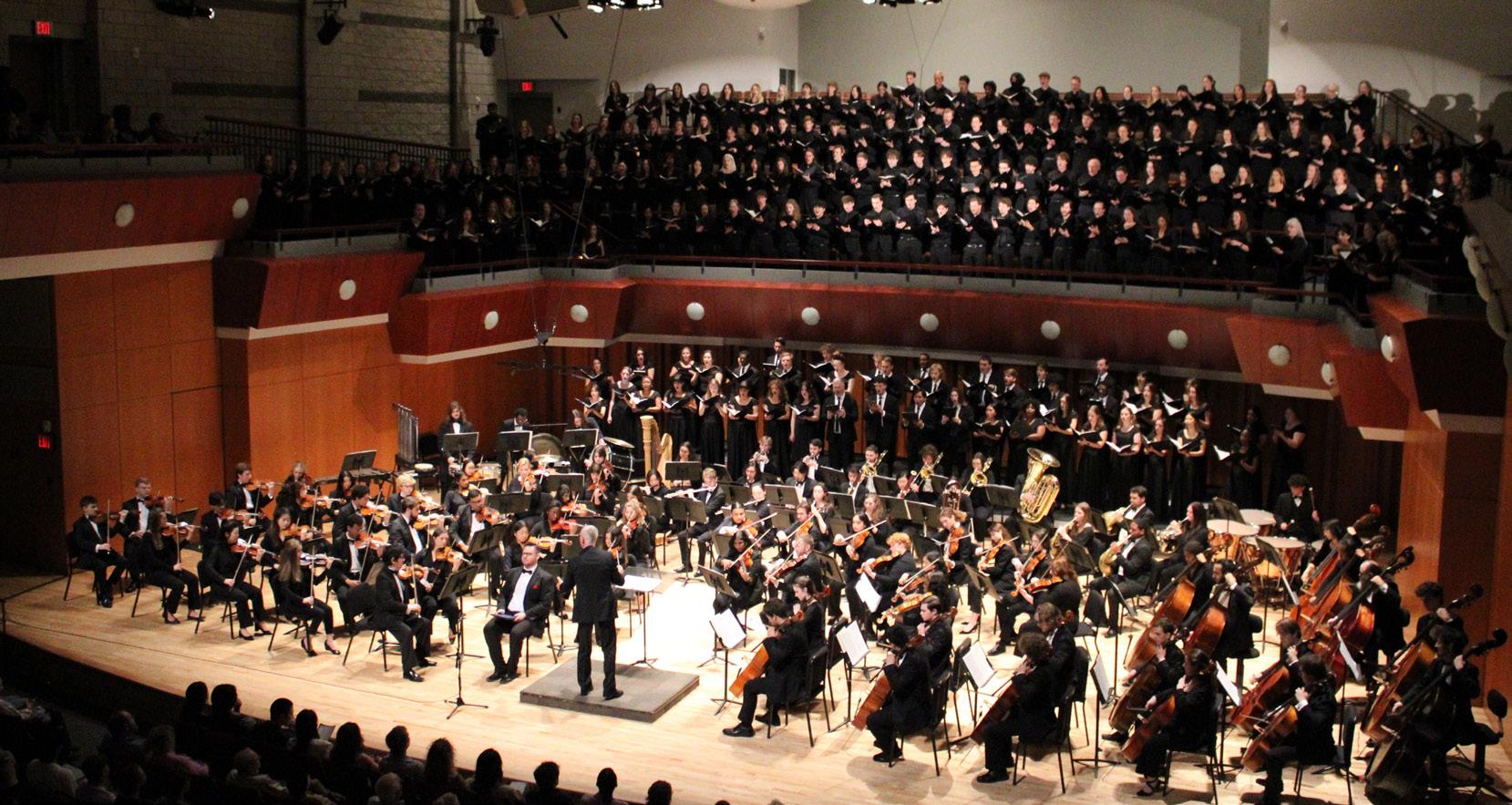
Scholarships and Graduate assistantships funded by donations to the Thursday Scholarship Fund make it possible for students to learn and pursue their passions at the Hugh Hodgson School of Music. Please consider a taxdeductible gift to the Thursday Scholarship Fund so we may continue to support our students and make their education possible. Scan the QR code now or reach out to Melissa Roberts at roberts@uga.edu or 706-254-2111.
In addition to our primary Support and Scholarship Funds, many specialized areas of interest, including our orchestra and choral programs, have support and scholarship funds you can contribute to directly. You can now learn more about all the ways and areas you can support the Hugh Hodgson School of Music. Scan the QR code or visit music.uga.edu/giving-and-alumni to the support the Hugh Hodgson School of Music area of your choice.
Gifts of all amounts are greatly appreciated. However, annual giving at the $1,500 level and higher provides membership in the Director’s Circle, our Hugh Hodgson School of Music Honor Roll. Director’s Circle members are invited to exclusive events and performances throughout the academic year.
For large gifts, please contact Melissa Roberts at roberts@uga.edu or 706-254-2111.
THANK YOU FOR YOUR CONTINUED SUPPORT OF THE UNIVERSITY OF GEORGIA HUGH HODGSON SCHOOL OF MUSIC.
GEORGIA BRASS AND WIND QUINTETS
Monday, September 16 at 7:30 p.m.
Ramsey Hall | UGA Performing Arts Center
EVENING OF DUOS AND TRIOS
Monday, October 28 at 7:30 p.m.
Ramsey Hall | UGA Performing Arts Center
BRAHMS, RACHMANINOFF, AND PIAZZOLA
Tuesday, Janurary 21 at 7:30 p.m.
Ramsey Hall | UGA Performing Arts Center

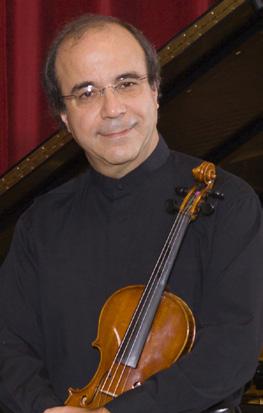
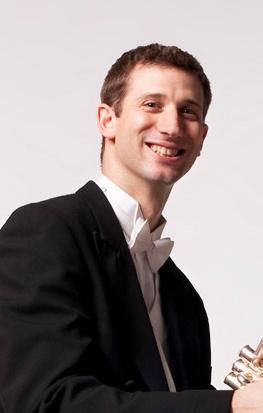
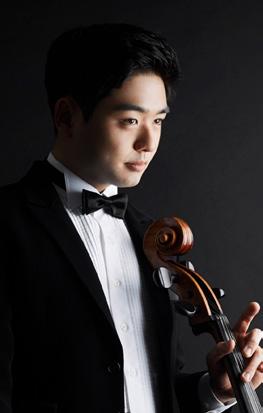
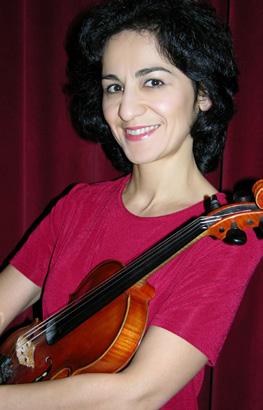
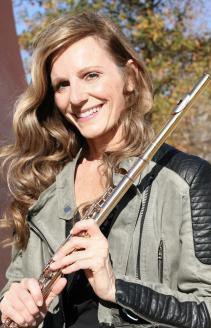
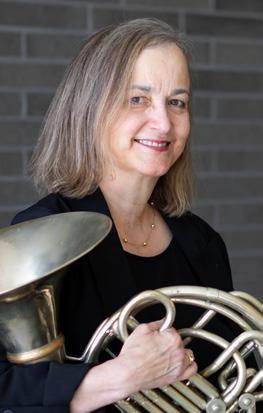
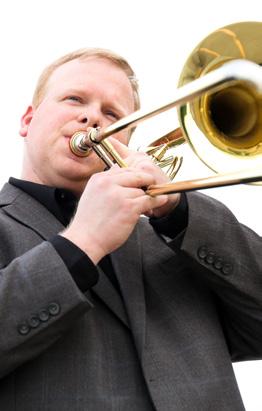
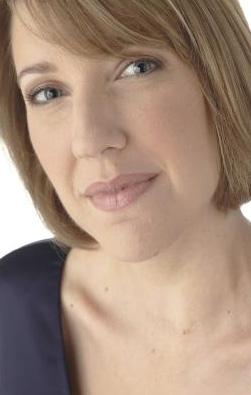
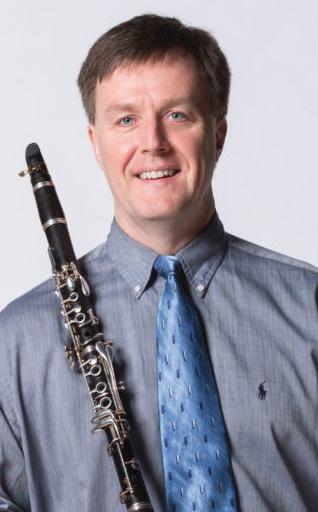
Monday, March 24 at 7:30 p.m.
Ramsey Hall | UGA Performing Arts Center NEW FACULTY TRIO
18 of our world-class music faculty perform four stunning concerts!
Add them to your “Pick 12” or “Pick 6” ticket package and save! FOR TICKETS: Scan the QR code music.uga.edu 706-542-4400
230 River Road, Athens, GA
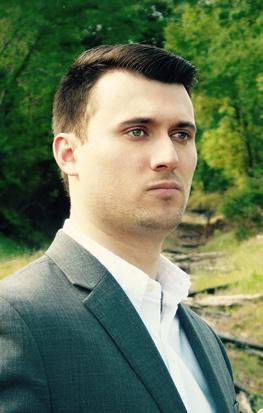

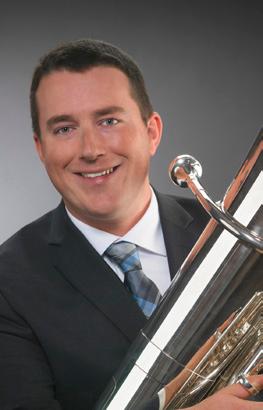
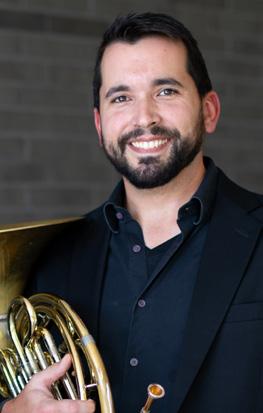
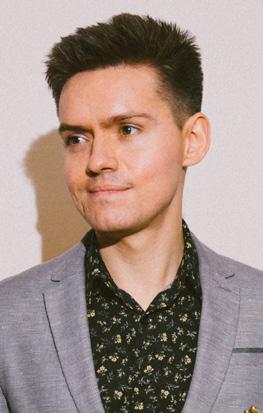
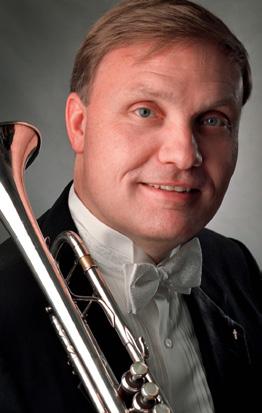
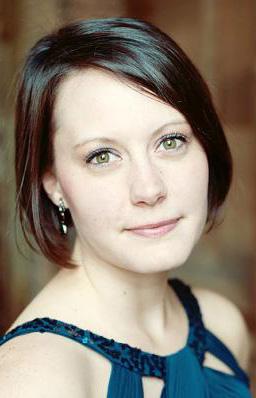
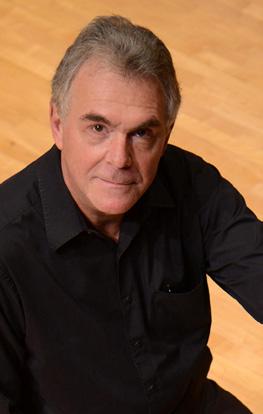
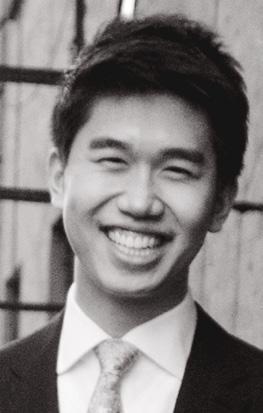

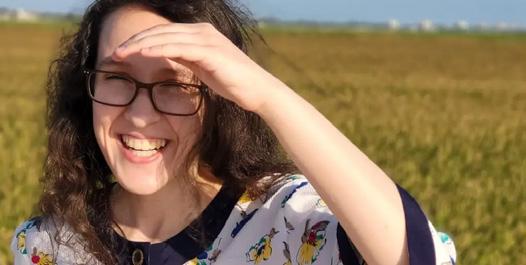
FIVE BY
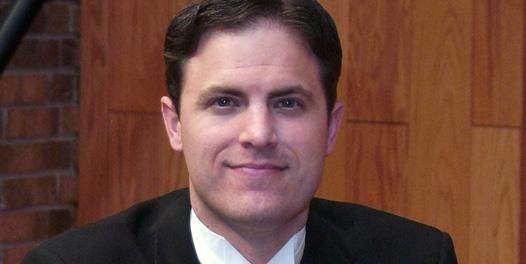
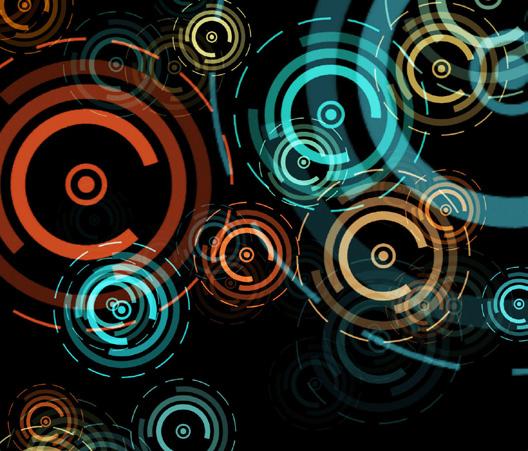
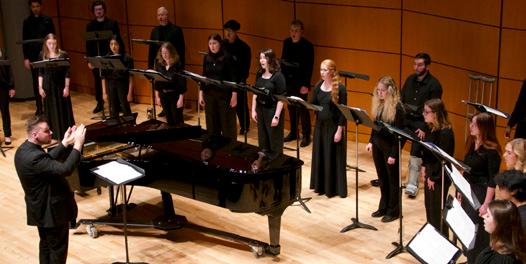
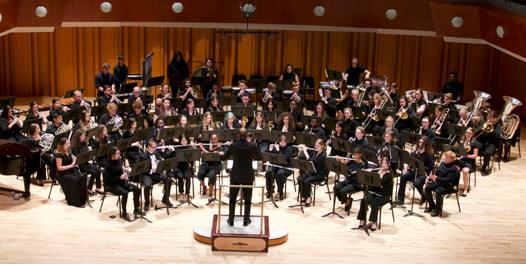
7:30 p.m.
FREE LECTURE WED 9/17 FRI 9/13
7:30 p.m.
GUEST ARTIST LECTURE PILAR MIRALLES, composer
Dancz Center for New Music
Hugh Hodgson School of Music, 250 River Road
Ramsey Concert Hall
Ramsey Concert Hall
FREE CONCERT 4:10 p.m.
7:30 p.m.
Hodgson Concert Hall MON 9/16 MON 9/19
FACULTY CHAMBER ENSEMBLE: FIVE BY FIVE
This inaugural recital of the Faculty Chamber Ensemble series of performances features ten incredible UGA Music Faculty in the Georgia Brass Quintet and the Georgia Wind Quintet. Join us in celebrating the world-class faculty with these incredible collaborative concerts.
GUEST ARTIST RECITAL RYAN FOGG, piano
“Brilliant, with a high level of polish, impressive technical command, musical understanding”
UGA WIND ENSEMBLE: SOUNDINGS
Joining the Wind Ensemble is Mark Davidson former principal trombone for the Melbourne (Australia) Symphony and current principal trombone of Utah Symphony, on “Sonorous Trombone Concerto” by Quinn Mason. Also featuring “Finish Line” by Cindy McTee.
3:30 p.m.
FREE CONCERT WED 9/25
7:30 p.m.
FREE CONCERT WED 9/25
UGA REPERTORY SINGERS
Ramsey Concert Hall
UGA Performing Arts Center, 230 River Road
UGA WIND SYMPHONY & SYMPHONIC BAND
Hodgson Concert Hall
UGA Performing Arts Center, 230 River Road
